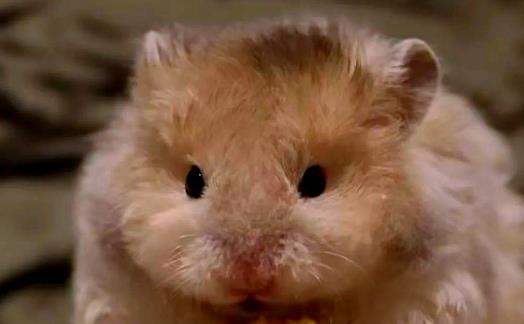The expected lifespan of hamsters varies significantly by breed, gender, and feeding conditions. Here’s a comprehensive overview:

1. Lifespan Comparison of Major Breeds
Dwarf Hamsters (e.g., Campbell’s, Winter White)
- Average Lifespan: 2–2.5 years
- Traits: Small size and fast metabolism lead to relatively short lifespans.
Syrian Hamsters (Golden Hamsters)
- Average Lifespan: 2.5–3 years
- Advantage: Larger body size supports stronger physiological functions.
Roborovski Hamsters (Dwarf Winter White Russian Hamsters)
- Average Lifespan: 3–3.5 years (currently the longest-lived pet hamster breed known)
Special Cases
- Black-bellied Hamster (wild species): Can live up to 8 years, but unsuitable as a pet.
2. Key Factors Affecting Lifespan
Gender Differences
- Male hamsters typically live ~0.5 years longer than females.
- Non-pregnant females may approach male lifespan.
Living Environment
- Cage Space: Syrian hamsters need at least a 30×30×30 cm cage; insufficient space shortens lifespan.
- Temperature & Humidity: Ideal range is 18–26°C and 40%–60% humidity. Extreme conditions cause heatstroke or frostbite.
Diet & Health Management
- Provide balanced main food; avoid excessive high-fat snacks (e.g., sunflower seeds).
- ~60% of hamsters die within 6 months of purchase due to improper care, far below their natural lifespan.
3. Signs of Aging
- Slower movement, thinning fur, reduced appetite
- Adjust diet for seniors (low-protein, soft foods) and enhance health monitoring.
Tailor care to your hamster’s breed traits to maximize its lifespan.
